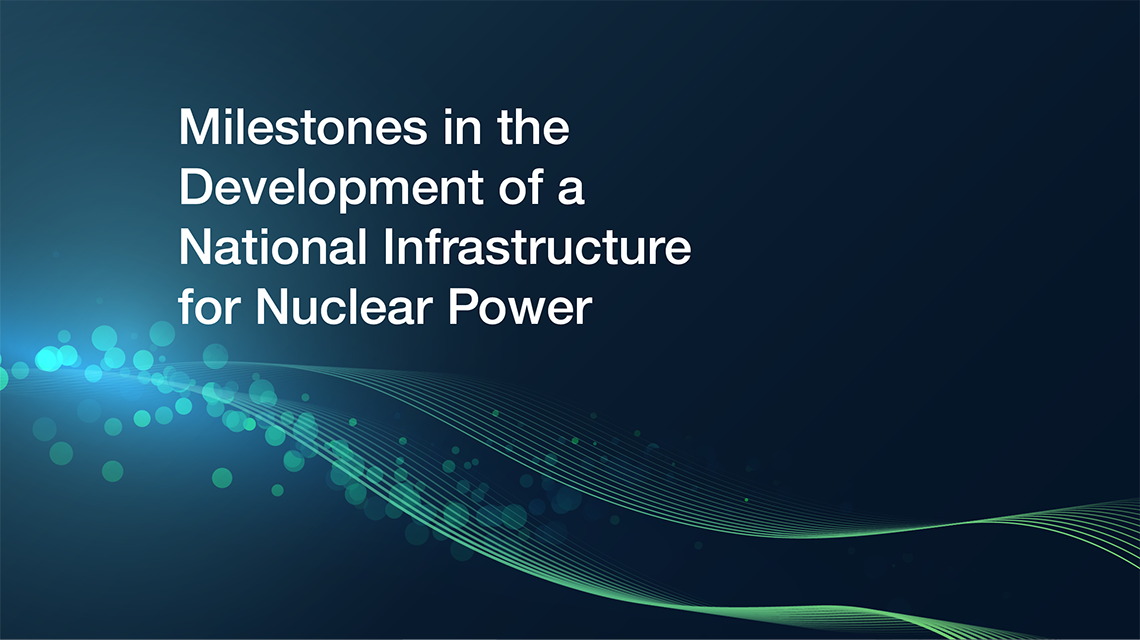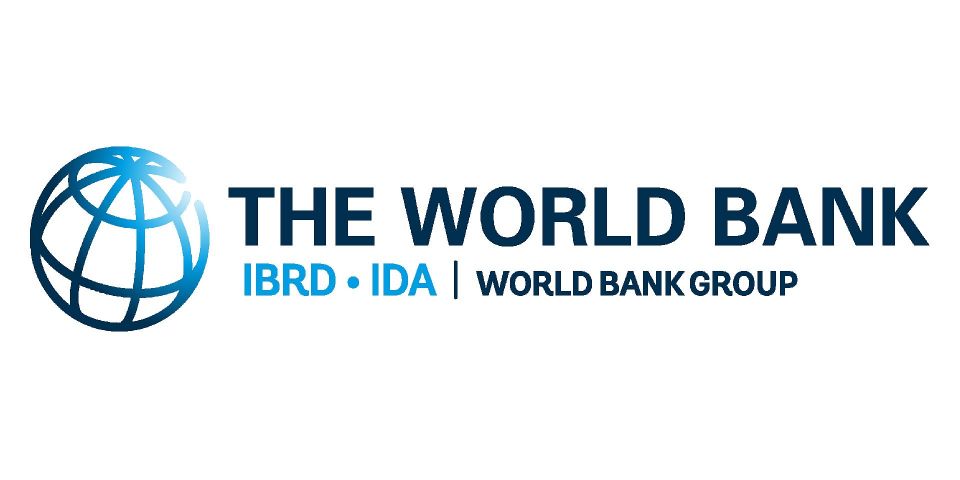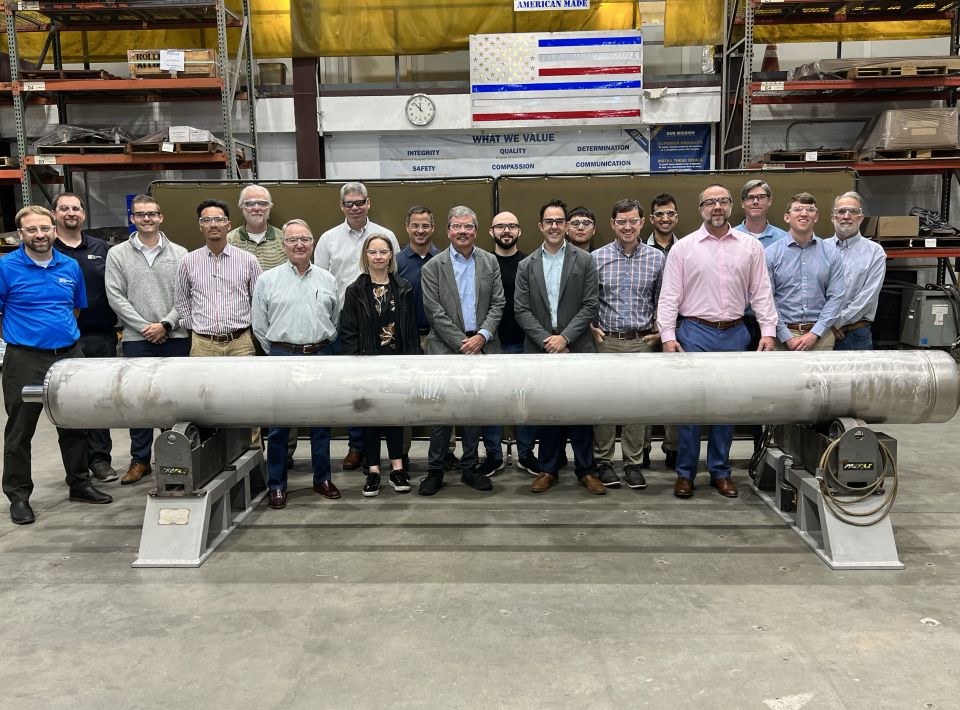Timely update: There are currently around 30 newcomer countries either considering nuclear power or moving forward with plans to construct their first nuclear power plant, according to the IAEA, with Bangladesh, Egypt, and Turkey all constructing a first plant and several more countries expected to start construction within about a decade.
This new edition of the guide (which was first produced in 2007) highlights the recent experience of several countries that have recently completed or made major progress in the Milestone approach and also incorporates lessons learned from recent Integrated Nuclear Infrastructure Review missions to countries introducing or expanding nuclear power programs.
“As the nuclear power landscape continues to evolve, so too must the assistance we provide. This latest update of the IAEA milestones guidance comes at a pivotal moment when an increasing number of countries are considering nuclear power for their energy mix to achieve their net zero pledges,” said Aline des Cloizeaux, director of the IAEA’s Division of Nuclear Power. “It is clear that SMRs will be a vital component of the clean energy transition, and we must ensure that countries interested in this technology have a solid understanding of what is needed to successfully implement SMR projects.”
The Milestones: The IAEA’s Milestones program includes three phases of infrastructure development: Phase 1, considerations before a decision to launch a nuclear power program; Phase 2, preparatory work for contracting and construction after a decision has been made; and Phase 3, implementation activities.

Development of the infrastructure of a national nuclear power program. (Graphic: IAEA, Milestones in the Development of a National Infrastructure for Nuclear Power, Fig. 1)
Each of those phases concludes with the achievement of a specific milestone:
- Milestone 1—ready to make a knowledgeable commitment to a nuclear power program.
- Milestone 2—ready to invite bids/negotiate a contract for the first nuclear power plant.
- Milestone 3—ready to operate the first nuclear power plant.
According to the IAEA, “Experience suggests that the time from the initial consideration of the nuclear power option by a country to the operation of its first nuclear power plant is about 10–15 years.”
Each milestone is considered in the context of 19 infrastructure issues: national position, nuclear safety, management, funding and financing, legal framework, safeguards, regulatory framework, radiation protection, electrical grid, human resource development, stakeholder engagement, site and supporting facilities, environmental protection, emergency preparedness and response, nuclear security, nuclear fuel cycle, radioactive waste management, industrial involvement, and procurement.
SMR focus: A 12-page SMR annex covers the same 19 infrastructure issues, detailing how the smaller size of an SMR could affect milestone achievement. The discussion is focused on “a subset of SMRs that are in an advanced stage of development, such as integrated pressurized water reactors and high temperature gas cooled reactors.”
According to the IAEA, the 10–15-year deployment timeline “is expected to be shorter for an SMR, as the infrastructure to be developed in Phase 2 can, in some cases, be downscaled and the construction time in Phase 3 is shorter. However, there are still no data available to confirm these assumptions.”
The preparedness needs for SMRs are “mostly the same as for traditional reactors, such as strong legal and regulatory frameworks, proactive stakeholder engagement, and environmental protection considerations,” according to the IAEA. “But due to their unique features, including lower power output and simplified designs, a few of the specific infrastructure requirements may vary.”










 rotated.jpg)

